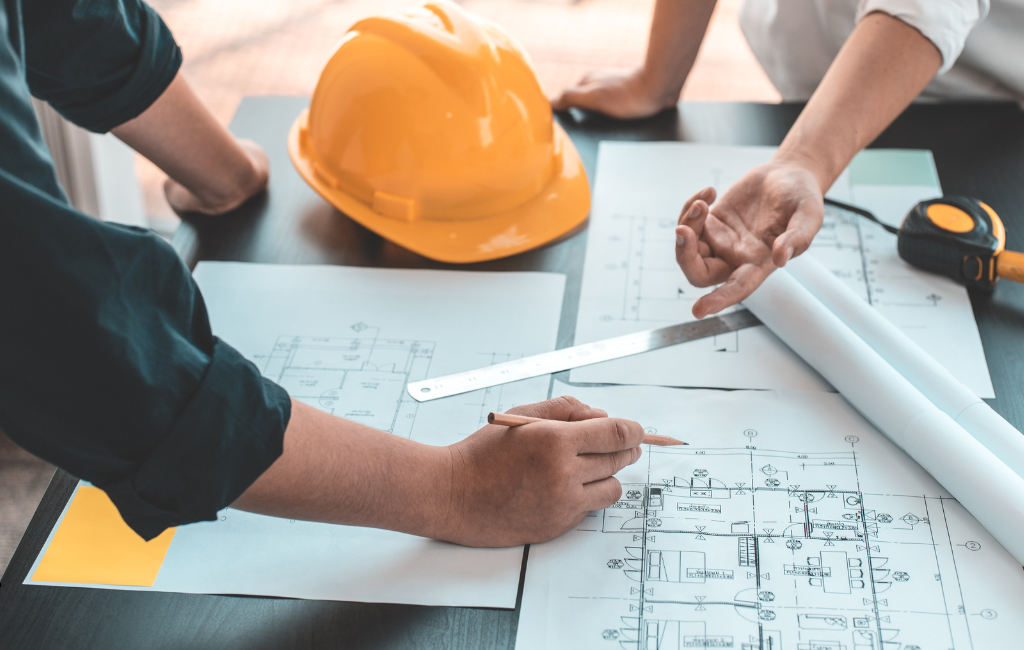Architect Designing Innovative
Architects play a pivotal role in shaping the environments where we live, work, and play. Their work goes beyond mere construction; it involves creating spaces that are functional, sustainable, and aesthetically pleasing. As we look towards the future, the role of architects becomes even more significant in addressing the challenges of urbanization, climate change, and technological advancements.
The Role of Architects in Modern Society
Architects are responsible for designing buildings and spaces that meet the needs of their users while adhering to safety regulations and environmental standards. They collaborate with engineers, urban planners, and other professionals to bring their visions to life. Their work impacts not only the physical landscape but also the social and economic fabric of communities.
Key Responsibilities of Architects
- Designing functional and aesthetically pleasing buildings
- Ensuring compliance with safety and environmental regulations
- Collaborating with other professionals in the construction industry
- Incorporating sustainable practices in their designs
- Adapting to technological advancements in building materials and methods
Innovative Architectural Designs
Innovation in architecture is driven by the need to create spaces that are not only beautiful but also sustainable and efficient. Architects are increasingly incorporating new materials, technologies, and design philosophies to meet these goals.
Green Buildings
Green buildings are designed to reduce the overall impact on the environment and human health. They achieve this through energy efficiency, use of sustainable materials, and improved indoor air quality. Examples of green buildings include the Bullitt Center in Seattle and the Edge in Amsterdam.
Smart Buildings
Smart buildings integrate advanced technologies to enhance the comfort, efficiency, and security of their occupants. These buildings use sensors, automation systems, and data analytics to optimize energy use, lighting, and climate control. The Edge in Amsterdam is a prime example of a smart building, featuring a range of innovative technologies that make it one of the most sustainable office buildings in the world.
Adaptive Reuse
Adaptive reuse involves repurposing old buildings for new uses, preserving their historical and cultural significance while meeting modern needs. This approach not only conserves resources but also revitalizes communities. Notable examples include the Tate Modern in London, which was transformed from a power station into a world-renowned art museum, and the High Line in New York City, a former railway line turned urban park.
Case Studies of Innovative Architectural Projects
Several architectural projects around the world exemplify the innovative approaches being taken to design future spaces. These projects highlight the creativity and ingenuity of architects in addressing contemporary challenges.
The Bullitt Center, Seattle
The Bullitt Center is often referred to as the greenest commercial building in the world. It features a range of sustainable technologies, including solar panels, rainwater harvesting, and composting toilets. The building is designed to be energy-positive, generating more energy than it consumes.
The Edge, Amsterdam
The Edge is a smart building that uses advanced technologies to create a highly efficient and sustainable workspace. It features a range of sensors and automation systems that optimize energy use, lighting, and climate control. The building is also designed to promote the well-being of its occupants, with features such as natural lighting and green spaces.
The High Line, New York City
The High Line is an example of adaptive reuse, transforming a disused railway line into a vibrant urban park. The project has revitalized the surrounding neighborhoods, attracting tourists and locals alike. It features a range of green spaces, public art installations, and recreational areas.
The Future of Architecture
The future of architecture is likely to be shaped by several key trends, including sustainability, technology, and urbanization. Architects will need to continue innovating to meet the evolving needs of society and address the challenges of the 21st century.
Sustainability
Sustainability will remain a key focus for architects, as they seek to design buildings that minimize their environmental impact. This will involve the use of renewable energy sources, sustainable materials, and energy-efficient technologies.
Technology
Advancements in technology will continue to transform the field of architecture. Building Information Modeling (BIM), 3D printing, and virtual reality are just a few examples of technologies that are changing the way architects design and construct buildings.
Urbanization
As urban populations continue to grow, architects will need to find innovative solutions to create livable, sustainable, and resilient cities. This will involve designing high-density housing, efficient public transportation systems, and green spaces that promote the well-being of urban residents.
Conclusion
Architects are at the forefront of designing innovative spaces for the future. Their work is critical in addressing the challenges of urbanization, climate change, and technological advancements. By embracing sustainability, leveraging new technologies, and finding creative solutions to contemporary problems, architects can create spaces that enhance the quality of life for people around the world.
